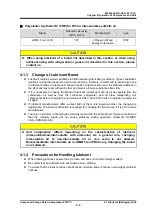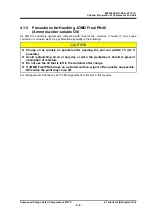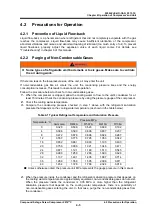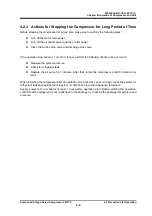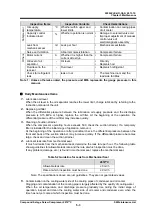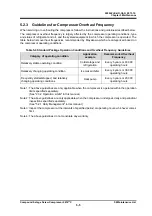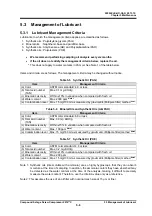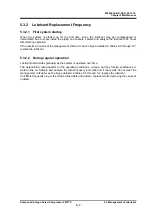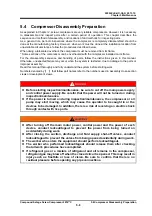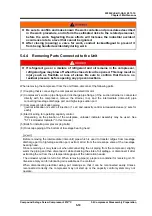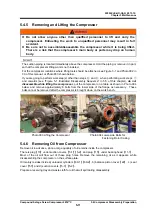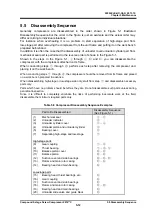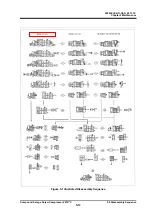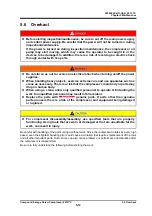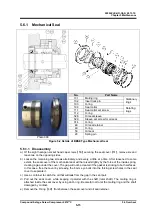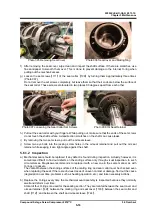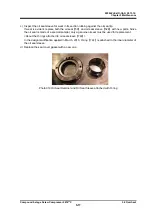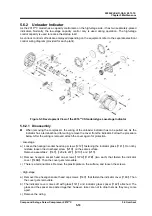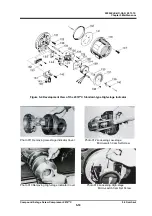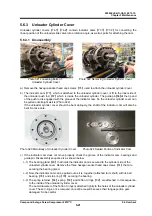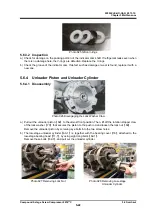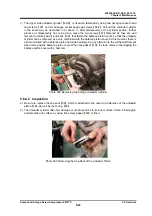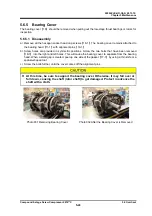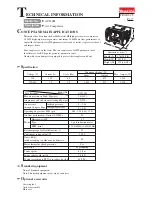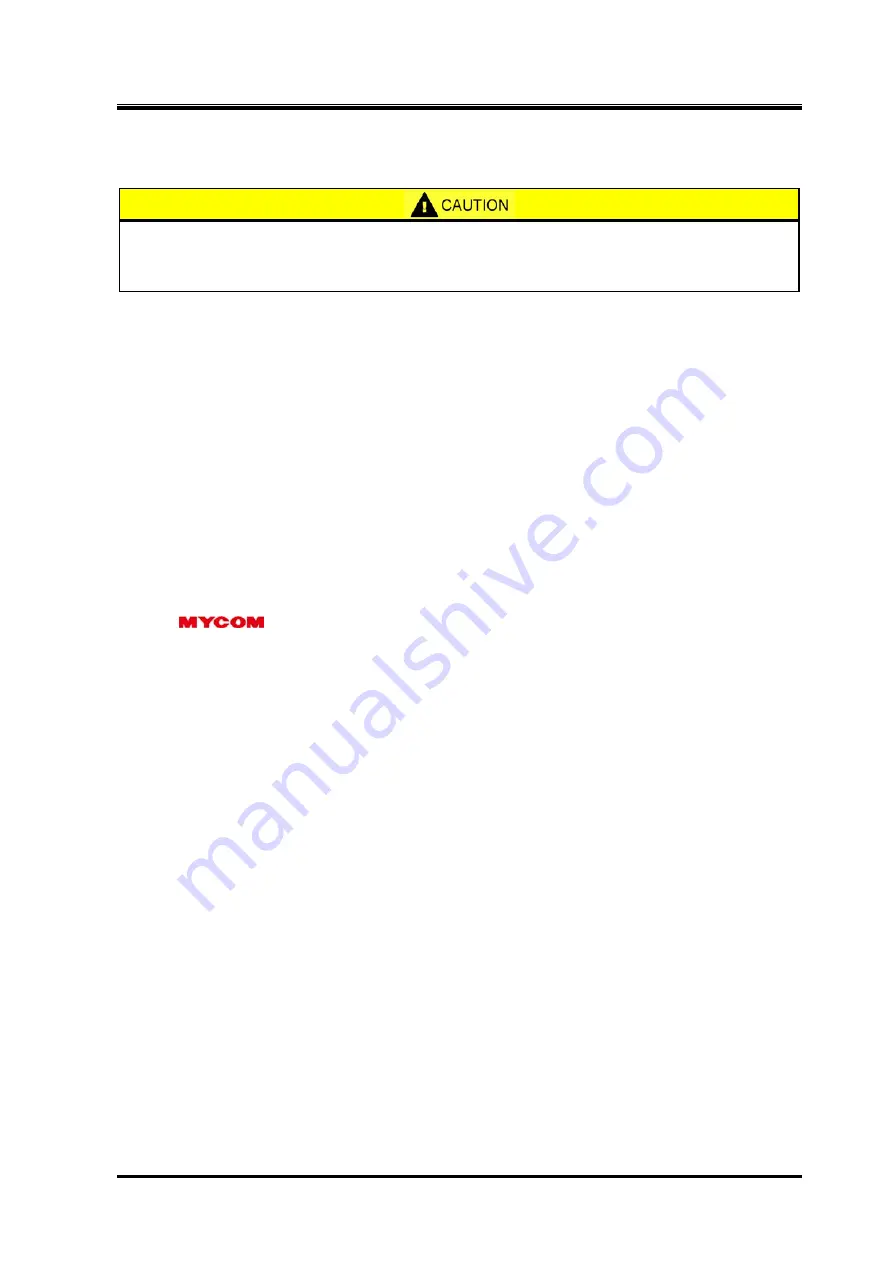
2200LZJE-HO-C6-N_2013.12.
Chapter 5 Maintenance
Compound 2-stage Screw Compressor 2016**C
5.4 Compressor Disassembly Preparation
5-9
5.4.1 Tools for Disassembly and Work Place
For compressor disassembly/assembly, use specified tools that are properly
functioning. Using tools that are worn or damaged or that are unsuitable for the
work can result in injury.
Prepare tools to be required for the work referring to “7.5 Tools for Disassembly.” It is also
recommended to prepare general hand tools, green silicon carbide grinding stone, emery
paper(#80-#100), emery paper(over #800), parts cleaning oil, lubrication oil, a lubricator, an oil can for
oil sump, waste cloth and so on.
A work bench with a large surface plate is useful to perform work accurately and with ease. If the
surface plate cannot be prepared, use a commercially available steel plate. The steel plate should be
approximately 1200 mm × 2400 mm in size and have a thickness of approximately 1.5 mm if the work
location is flat.
To safely perform bolts and plugs removal used in the lower side of the compressor, an exclusive frame
for placing the compressor is required. Refer to the article 5.4.5 in this chapter.
Perform the work in a dry place with as little sand and dust as possible, with a sufficiently wide space
around there.
5.4.2 Replacement
Parts
Prepare
genuine replacement parts based on the table 7-1 " Parts Configuration Table "
in this manual Chapter 7.
Because O-rings and gaskets which are removed for the inspection are easy to be damaged, replace
all with new ones.
When purchasing any part, inform its (a) model, (b) serial number, (c) part name, (d) code No. and (e)
necessary number to our sales office or service center. Especially when the (b) serial number of the
compressor is not identified, it will be difficult to decide the required parts because we can not specify
the design and manufacturing specifications.
5.4.3 Recovering the Refrigerant
After stopping the compressor unit, internal pressure of the compressor is high. Before disassembling
the compressor, it is necessary to lower the internal pressure to atmospheric pressure. The following
methods are available.
By using the bypass valve, release the high pressure gas in the unit to the low pressure side.
If there is another compressor unit connected by bypass piping (or which can be temporarily
installed), operate the other compressor and lower the pressure through the bypass piping.
Operate the refrigerating unit, close the fluid supply master valve, and collect the liquefied gas in
the receiver.
By using a refrigerant recovery machine, recover the liquefied refrigerant in the receiver.
For any of the above methods, prepare a flow sheet describing the operations of the work. Verify valve
operations that are necessary for each method, according to the flow sheet and on the actual unit.
Specify control valves as well as connected devices and tubes on the flow sheet.
Prepare one flow sheet for the foreman and another one for display at the work area.
In addition, prepare a refrigerant collection procedure with the workplace situation considered. Be sure
that all the personnel related to the work will read it together for confirmation, before starting the work.



